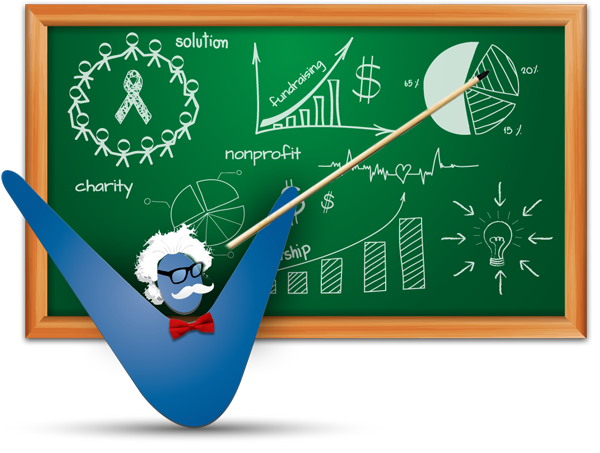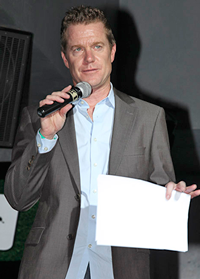
Planning a charity event for the first time can be totally overwhelming. With countless things to coordinate, numerous people to please and the pressure to justify the event by raising enough money – all while staying within budget – can make even the savviest event planner apprehensive.
It’s time to step back, take a deep breath and adopt the right mindset when you plan a fundraiser for the first time. What is that mindset? Believe it or not, it’s not just about how much money you raise.
The most important thing to focus on for first-time events is establishing a strong foundation for the future. Whether it’s your Nonprofit’s first ever fundraising gala or you’re adding another event to the annual social calendar, your focus needs to be on creating a legacy event that will continue yielding dividends for years to come.

1. Create a memorable experience
All too often, Nonprofits will spend that first year planning an event with a hyper focus on generating revenue – which is great – but it usually comes at the expense of the event experience itself. Make sure you go the extra mile to ensure your donors have a great time. This means doing things you may want to skimp on to save costs your first year, such as a hosting your event at a nice venue, having an open bar or hiring a live band.
2. Focus on second-year profit
Hosting a gala or golf tournament for the first time should – and most likely will – generate some revenue for your cause, but don’t worry if it’s not a grand slam in the fundraising department. That money will come. Donors who look forward to attending your event year after year produce far more revenue than a donor who comes to your event just once.
3. Concentrate on donor development
Fundraising events are a wonderful social activity. They offer a chance for your charity to demonstrate the good it has done while extending gratitude to those who have made it all possible. Nonprofits that put the effort into creating legacy events understand that developing these relationships – especially with major donors – is a crucial part of generating future revenue. When you are planning a fundraiser for the first time, make sure this is central to your goals for the overall event.
 4. Hire a professional benefit auctioneer
4. Hire a professional benefit auctioneer
One of the biggest mistakes many Nonprofits make with first-time events is to skip hiring a professional benefit auctioneer. A good auctioneer will not only ensure your event runs smoothly, they will bring years of professional charity event planning experience to the table prior to the event. They will offer advice on what has worked at other Nonprofit events and what hasn’t. The consultative nature of the partnership in itself is a smart investment as it reduces stress, eliminates hiring unnecessary services and boosts the likelihood that guests will have a great time and BID! During the event, a professional auctioneer will generate far more revenue from both your live and silent auction.
5. Develop a checklist for the future
The planning phase is crucial to the future success of your event. Make sure you approach each step with a keen eye for detail and discuss how each decision may impact you in the future. Document everything. Go get a big 3-ring binder and create a folder for each stage of the planning process. Here are just a few important sections to consider:
- Auction-item procurement – Big-ticket items like experiential travel create a WOW factor. Develop a procurement team and timeline for securing items.
- Sponsorship opportunities – Which businesses and organizations might be interested in sponsorship? Make a plan for outreach.
- Guest-list development – Who will be invited to the event and what is the strategy behind the guest-list development?
- Invitation and communication – Determine what types of invitations to use and who will design them. What is the process for following up?
- Data-base management – What software and computer systems will be used to manage all the logistics of the event planning process?
- Meal planning and entertainment – Buffet or sit down dinner? Open bar? Will there be an activity or entertainment? The goal is to impress attendees.
- Equipment and services – Create a list of all the needed equipment and services you will need. What are the costs and who are the vendors?
Make copies of important documents, take notes and put anything else related to event planning in in your 3-ring binder. By taking the time to document your steps – and ensuring they are the correct steps – the first time, you increase the likelihood of success and even have a plan to reference year after year. You (or whoever else takes the reigns next) will thank you later.
Creating an event that leaves a lasting impression takes time and money. With a passion for the cause, sufficient time to plan and an adequate investment, your Nonprofit can set the stage for a legacy event that will continue raising money year after year.
{{cta(‘ef6ae4d2-ece9-4157-a34a-370b7be50d4f’,’justifycenter’)}}
